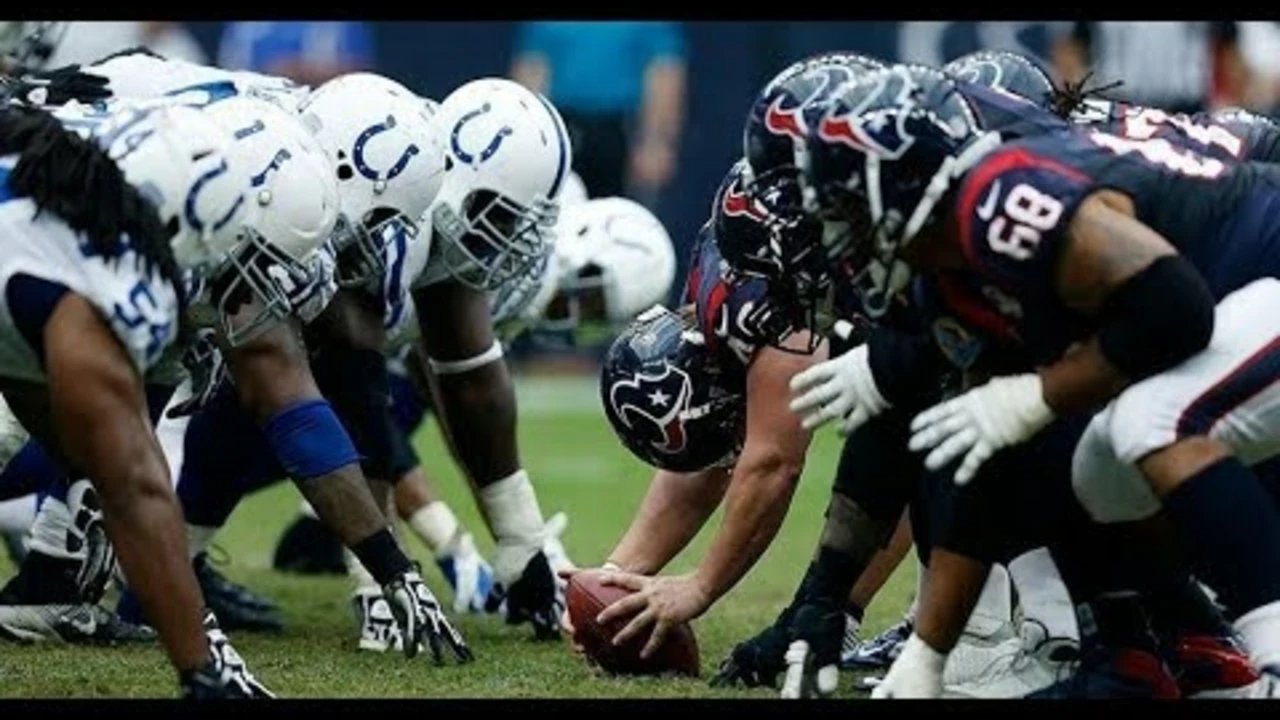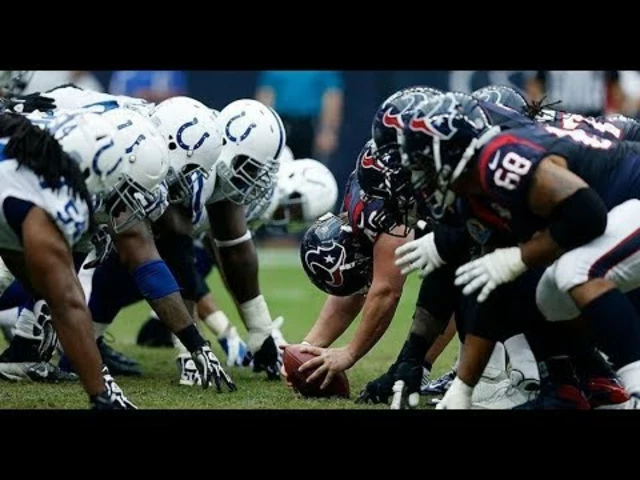American Football: What It Is and Where It Came From
If you’ve ever watched a game with helmets, big pads, and a roaring crowd, you’ve seen American football. It’s a sport that mixes strategy, raw power, and bursts of speed. But did you know its roots go back to a 19th‑century English game called rugby? Let’s break down the basics and the connection.
Rugby started in the early 1800s at Rugby School in England. Players began handling the ball instead of just kicking it, which sparked a whole new style of play. Across the Atlantic, colleges experimented with these handling rules, tweaking them until a distinct game emerged – the one we now call American football.
How the Rules Evolved
Early American football looked a lot like rugby: you could run with the ball, tackle, and score tries. Over time, rule‑makers added the forward pass, introduced a line of scrimmage, and set up downs to limit continuous play. Those changes turned a continuous flow game into the stop‑and‑go spectacle fans love today.
Modern American football has 11 players per side, four downs to move ten yards, and a scoring system where touchdowns are worth six points. In rugby, you keep the ball alive and score tries worth five points, with no set of downs. The difference in structure changes how teams think about each play.
Speed, Strength, and the NFL vs. Rugby Players
People often ask whether NFL athletes are faster than rugby players. The answer isn’t black‑and‑white. NFL training zeroes in on short‑burst speed for quick sprints across the field. Rugby players need to sustain a high pace for the whole 80 minutes, so their training focuses more on endurance and repeated effort.
That said, both groups are elite. An NFL wide receiver might hit 4.4‑second 40‑yard dashes, while a top‑level rugby wing can cover the same distance in a similar time but also keep running longer. The real takeaway? Each sport shapes its athletes in unique ways, and both are impressive.
Beyond speed, the contact styles differ. Rugby players tackle without helmets, using technique to bring the opponent down safely. NFL players wear heavy helmets and pads, which changes the nature of hits and the kind of injuries you see. This gear also influences game tactics and player roles.
Fans who love both sports often enjoy comparing strategies. In football, coaches call plays that involve set routes and quick passes. In rugby, the flow is more organic – teams develop attacks on the fly, spotting gaps and exploiting them with runs or kicks.
So, if you’re curious about where American football came from, remember it started as a rugby offshoot that morphed into a game of its own. Its rule changes made it faster paced, more strategic, and heavily commercialized. Yet the core idea – moving a ball toward a goal while battling opponents – stays the same.
Whether you’re watching a Sunday night NFL showdown or a local rugby match, you’re seeing two branches of a common family tree. Knowing the history adds depth to the excitement, and spotting the differences makes every play feel fresh.
Got more questions about the link between these sports? Keep browsing our tag page for articles on rugby origins, speed debates, and the timeless rivalry between the two codes.

Which is the better sport: American football or rugby?
After a deep dive into the world of sports, I've come to realize that choosing between American football and rugby isn't as straightforward as it seems. Both have their unique appeals: American football, with its strategic play and high-octane action, and rugby, with its continuous gameplay and intense physicality. However, the "better" sport really depends on personal preference. Some might love the armored gladiatorial feel of American football, while others might favor the raw, unarmored tenacity of rugby. My conclusion is there's no definitive winner - it's all about what resonates with you.
Jul 25 2023




